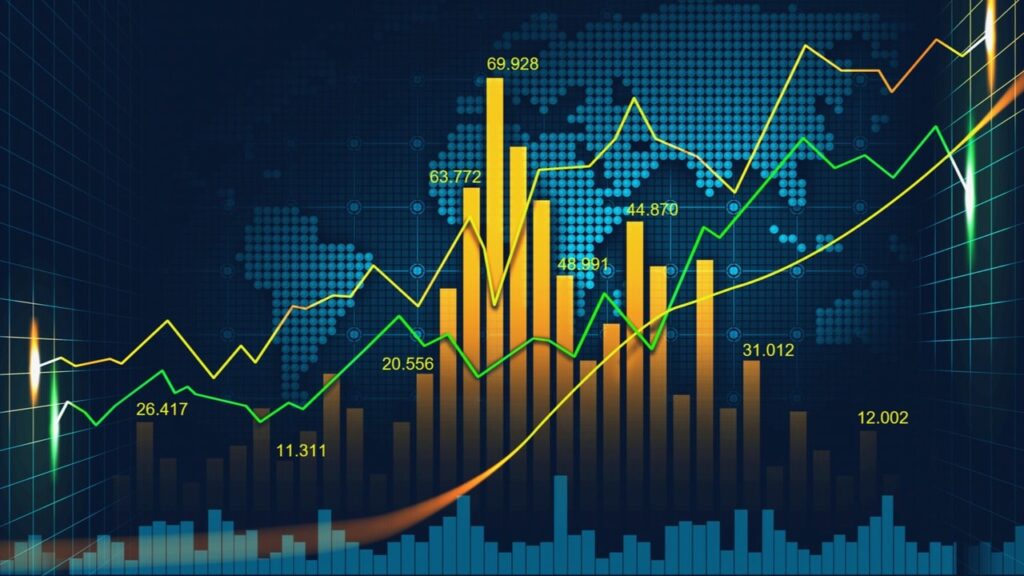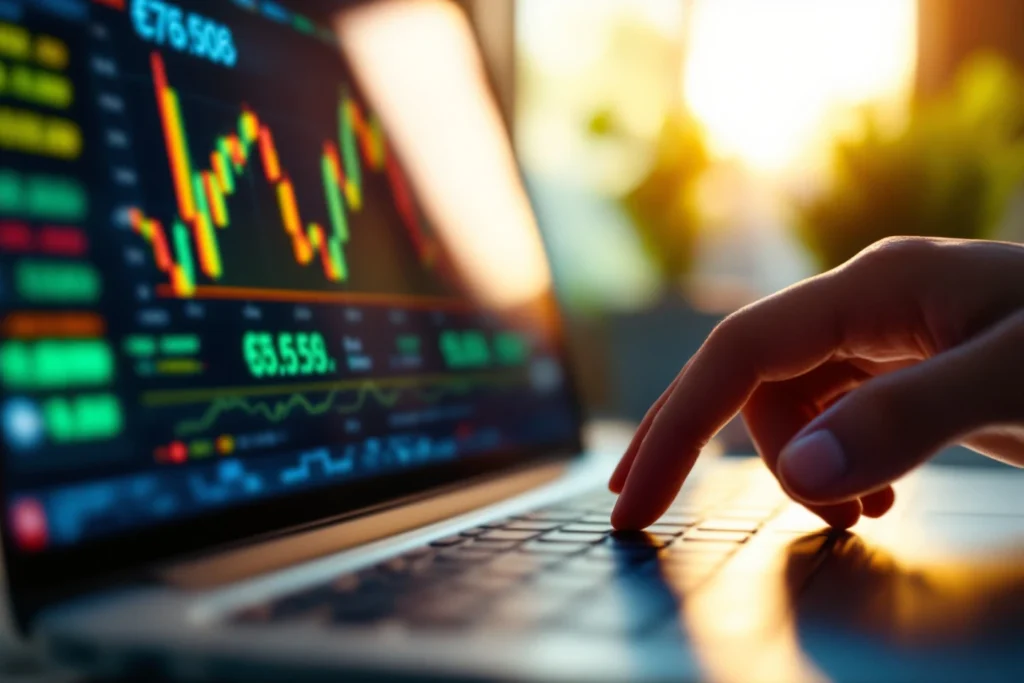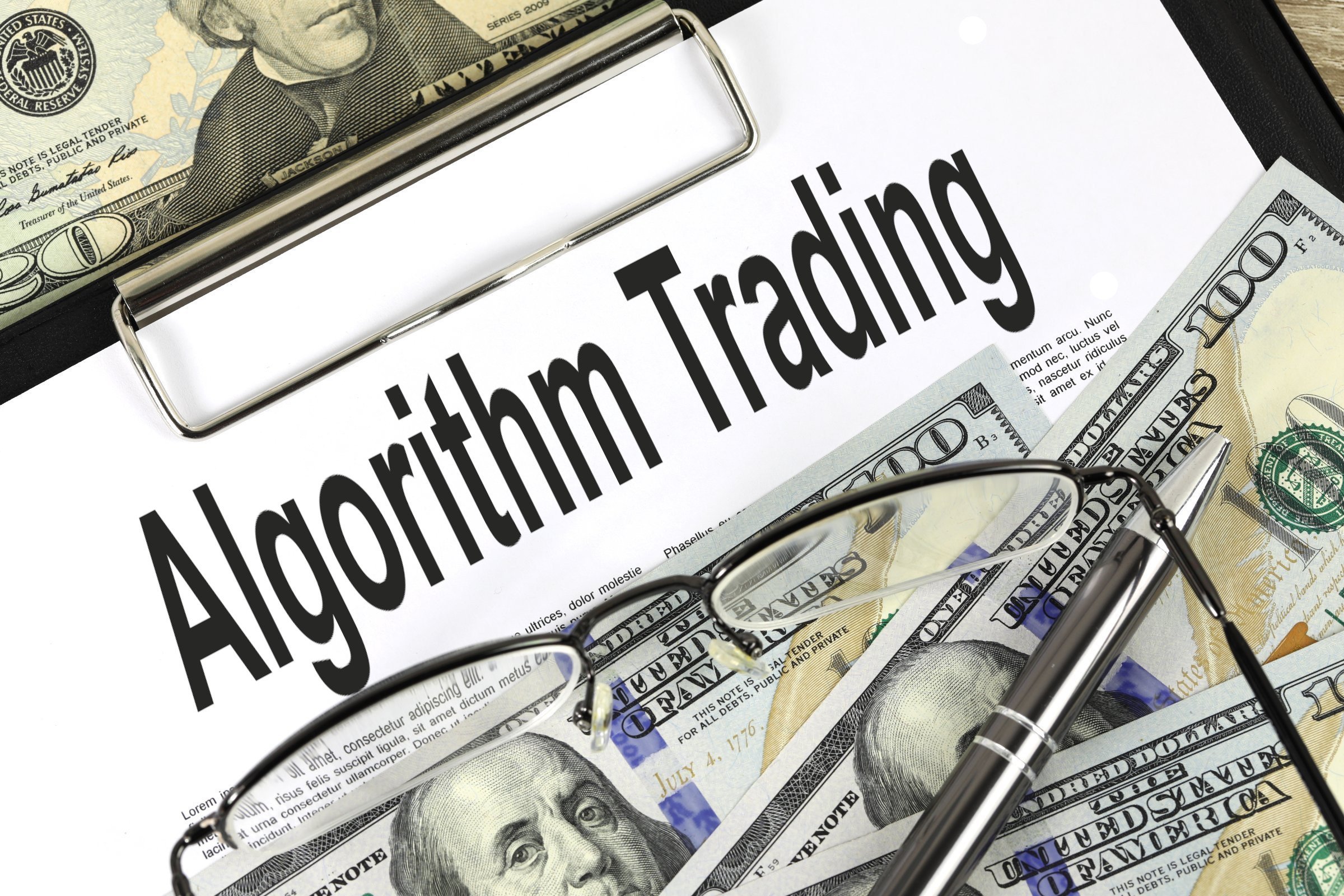The Algorithmic Forex market operates 24 hours a day, five days a week, making it one of the most dynamic financial markets in the world. Due to its high volatility and rapid price fluctuations, traders often struggle to monitor market movements continuously. This is where algorithmic trading comes into play. Algorithmic trading, also known as algo trading, involves the use of automated systems to execute trades based on pre-defined rules and strategies. In this article, we will explore the fundamentals of Forex algorithmic trading, its benefits, challenges, and some of the most effective automated trading strategies used by professional traders.
1. What is Algorithmic Trading in Forex?
Algorithmic trading is the process of using computer programs and mathematical models to execute trades automatically. These algorithms analyze market conditions, identify trading opportunities, and execute trades at lightning speed—eliminating emotional biases and improving efficiency.
Key Components of Algorithmic Trading:
- Market Data Analysis: Algorithms scan market conditions using price action, volume, and technical indicators.
- Trade Execution: The system places buy or sell orders automatically based on predefined parameters.
- Risk Management: Stop-loss, take-profit, and position-sizing rules are embedded within the algorithm.
- Backtesting: Strategies are tested on historical data before being deployed in live markets.
Algo trading is widely used by hedge funds, institutional investors, and retail traders looking for efficiency in executing high-frequency trades.
2. Advantages of Algorithmic Trading in Forex
Many traders turn to algorithmic trading because of its numerous benefits. Here’s why it’s becoming an essential part of modern Forex trading:
✅ Speed and Accuracy: Algo trading executes trades in milliseconds, ensuring traders don’t miss opportunities.
✅ Elimination of Emotions: Automated trading removes psychological biases such as fear and greed.
✅ Backtesting Capabilities: Traders can test their strategies using historical data before implementing them in real markets.
✅ Multi-Tasking: Algorithms can monitor multiple currency pairs and market conditions simultaneously.
✅ Risk Management: Automated systems enforce disciplined risk management through pre-defined stop-loss and take-profit levels.
With these advantages, it’s no surprise that algorithmic trading is gaining popularity among Forex traders worldwide.
3. Popular Algorithmic Trading Strategies in Forex
Traders use a variety of automated trading strategies to gain a competitive edge in the Forex market. Below are some of the most effective and widely used strategies:
A. Trend-Following Strategies
Trend-following algorithms identify market trends and execute trades in the direction of the trend. These strategies use indicators such as:
- Moving Averages (MA) – Helps determine trend direction.
- Bollinger Bands – Identifies breakout opportunities.
- Relative Strength Index (RSI) – Measures momentum to confirm trends.
Example: A moving average crossover strategy buys when a short-term MA crosses above a long-term MA and sells when it crosses below.
B. Mean Reversion Strategies
These strategies assume that prices will revert to their mean (average) value over time. They work well in range-bound markets.
- Bollinger Bands Reversion – Buy when price touches the lower band and sell at the upper band.
- RSI Overbought/Oversold Signals – Buy when RSI is below 30 and sell when above 70.
Mean reversion strategies perform best in non-trending market conditions.
C. Arbitrage Trading Strategies
Arbitrage algorithms take advantage of price differences between different brokers or markets.
- Latency Arbitrage: Uses speed advantages to capitalize on price mismatches.
- Triangular Arbitrage: Exploits exchange rate discrepancies between three different currency pairs.
These strategies require ultra-fast execution and low-latency trading infrastructure.
D. High-Frequency Trading (HFT) Strategies
High-frequency trading (HFT) involves executing thousands of trades per second using powerful algorithms. HFT traders use:
- Market Making Strategies – Provide liquidity by continuously buying and selling at different prices.
- Statistical Arbitrage Strategies – Use advanced mathematical models to identify short-term price inefficiencies.
HFT is mainly used by institutional traders due to the high costs of infrastructure and data processing.
E. News-Based Trading Algorithms
Algorithms that trade based on economic news releases and geopolitical events fall under this category. They:
- Analyze news sentiment using AI-based tools.
- Place instant trades based on macroeconomic reports (e.g., NFP, CPI, interest rate decisions).
- Adjust positions in real-time as market conditions change.
News-based trading requires advanced AI and machine learning models to process large amounts of information quickly.


4. Risks and Challenges of Algorithmic Trading
Despite its many advantages, algorithmic trading comes with certain risks and challenges that traders need to be aware of:
🚨 Over-Optimization: Strategies that perform well in backtesting may fail in live trading due to changing market conditions.
🚨 Market Liquidity Issues: High-volume trades executed instantly may cause price slippage.
🚨 System Failures: Technical glitches, connectivity issues, and algorithmic errors can result in unexpected losses.
🚨 Regulatory Concerns: Many governments are imposing stricter regulations on automated trading to prevent market manipulation.
To mitigate these risks, traders should use real-time monitoring, implement fail-safe mechanisms, and diversify strategies.
5. Getting Started with Forex Algorithmic Trading
If you want to enter the world of algorithmic trading, follow these steps:
📌 Step 1: Choose a Trading Platform – MetaTrader 4/5 (MT4/MT5), cTrader, or Python-based platforms like QuantConnect.
📌 Step 2: Learn a Programming Language – Python, MQL4/MQL5, or C++ for developing custom trading bots.
📌 Step 3: Develop a Trading Strategy – Select an algorithmic strategy based on your risk tolerance and market conditions.
📌 Step 4: Backtest the Strategy – Test using historical data before going live.
📌 Step 5: Deploy on a VPS (Virtual Private Server) – Ensures 24/5 uninterrupted trading.
📌 Step 6: Monitor and Optimize – Continuously tweak algorithms to adapt to market changes.
By following these steps, traders can successfully integrate algorithmic trading into their Forex strategies.
FOLLOW:https://newsroom47.com/mastering-forex-advanced-trading-strategies/
Newsroom 47
